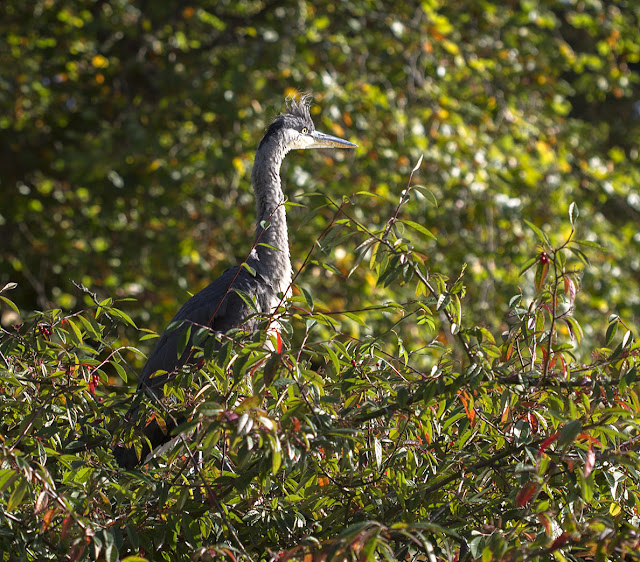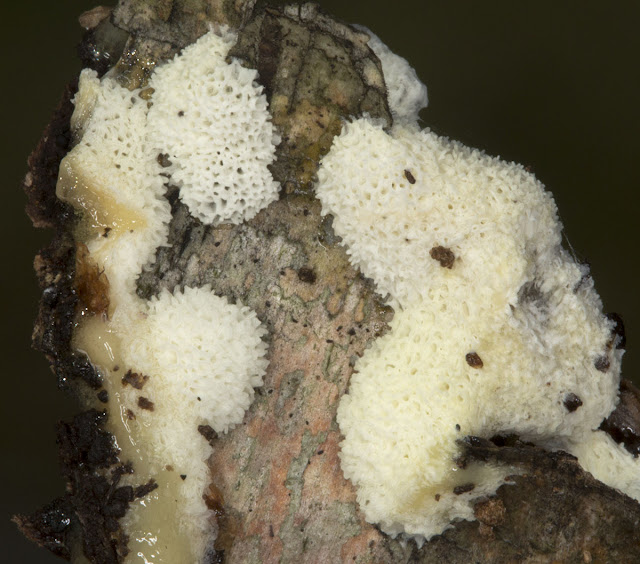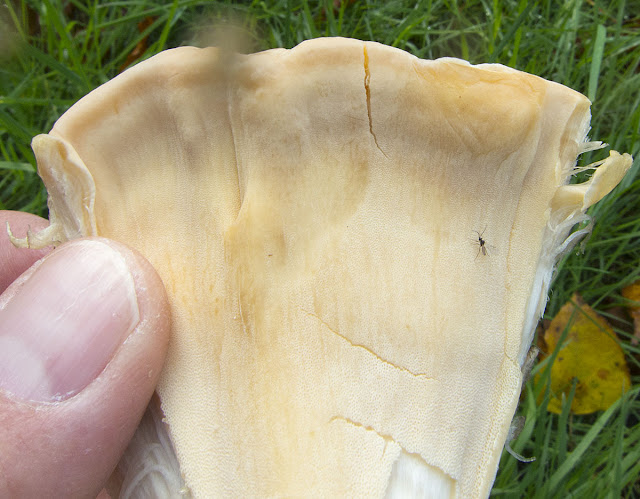 |
| Wild Angelica, Angelica sylvestris. Keston Common, 15 September 2012. |
Three photos of autumn plants from Keston Common. The first is a seed-head of Wild Angelica. The stems of a closely related cultivated species are candied and used as tasty sweetmeats and cake decorations. ("Candying" is essentially boiling pieces of the stem in a strong sugar solution to infuse sugar into them, then cooling them.) Here you can see the typical four-winged seeds of the wild species.
 |
| Water Mint, Mentha aquatica. Keston Common, 15 September 2012. |
Wild Angelica and Water Mint both grow in wet areas and beside ponds and streams. On Keston Common they grow in its small wet meadows. Water Mint is a true mint, but does not seem to have a culinary use. However, it does hybridise with Spearmint, that well-known chewing gum flavour, to give Peppermint. It's a late flowerer, much appreciated by bees, and I saw some flowers still out on 6th October.
 |
| Sapling of Holm Oak, Quercus ilex. Keston Common, 15 September 2012. |
At first glance you might think that this is a sprig of holly, but it is actually a European evergreen oak that has become fairly well established in Britain. In fact its alternative common name is the Evergreen Oak, and I am including it as an autumn plant because it looks so fresh and green in September. This one is growing at the edge of an area of heath.
"Holm" means Holly, so Holm Oak presumably gave its name to the UK soap Hollyoaks, though you will have some difficulty finding any botanical storylines there. It's only the young saplings that have prickly leaves, and unlike Holly leaves, they have whitish down on their undersides.
I read recently that this is the only oak to have acorns which are not only edible, but actually palatable, so if I ever find some on a tree and within reach I will try a nibble.





























